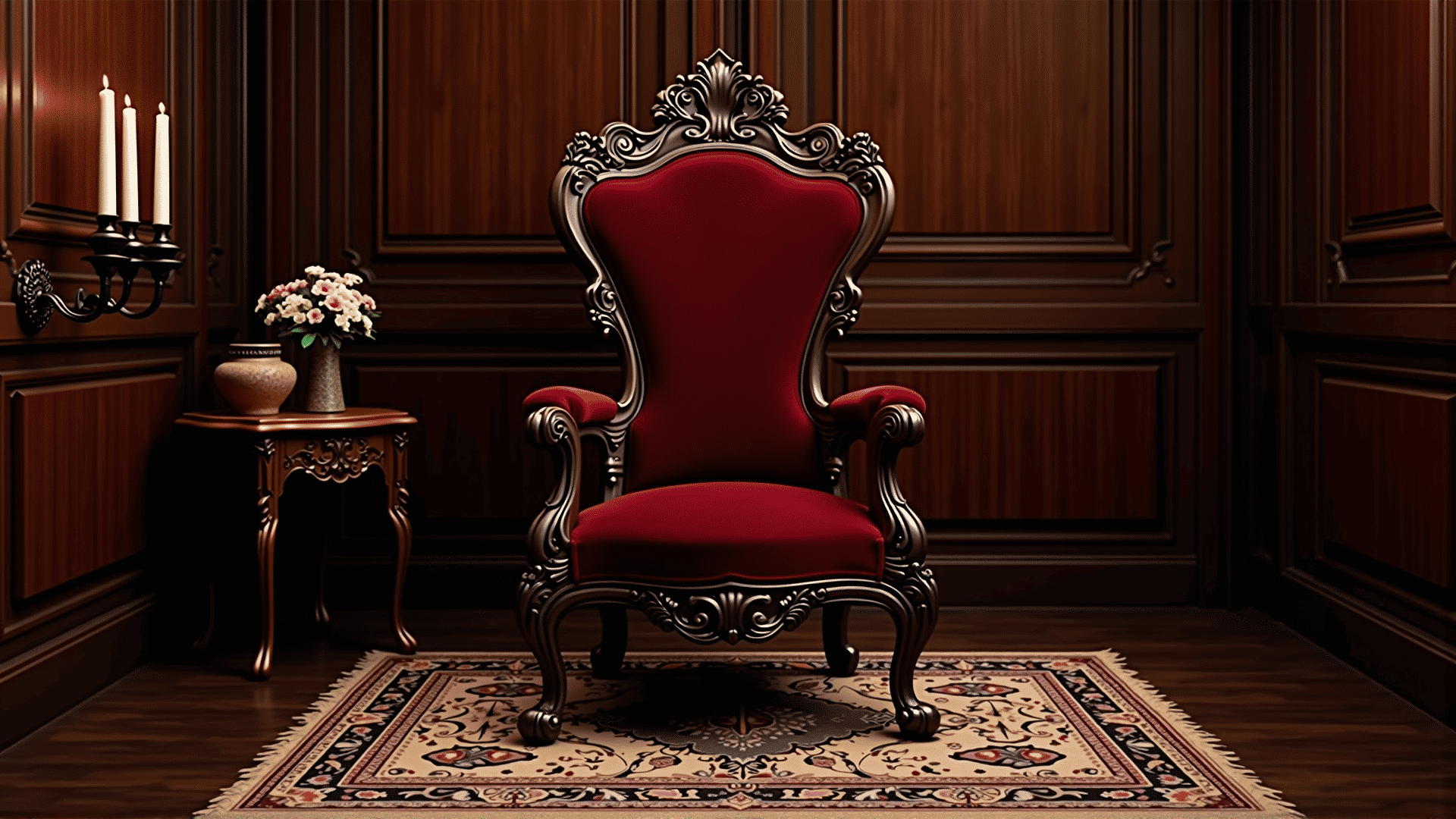The Victorian era, spanning from 1837 to 1901, was a period of British history marked by dramatic social, cultural, and technological changes. One of the most enduring legacies of this time is its distinctive style of furnishings, characterized by elaborate detailing, rich materials, and a unique blend of influences. This article explores the evolution of these styles and the craftsmanship that defined this remarkable period.
During the early Victorian period, the prevailing style was highly influenced by the neoclassical designs of the previous century. Clean lines and classical motifs such as columns, laurel wreaths, and acanthus leaves were common. However, as the century progressed, there was a shift toward more ornate and elaborate designs, reflecting the Victorian taste for opulence and excess.
The Industrial Revolution played a significant role in shaping Victorian designs. Advances in manufacturing technology allowed for the mass production of intricate designs, making what was traditionally a bespoke art more accessible to the burgeoning middle class. This democratization of luxury contributed to the popularity of intricate carvings, inlays, and embellishments.
A distinctive feature of Victorian pieces is the eclectic mix of historical styles. Designers of the time were particularly enamored with revivals, blending elements of Gothic, Rococo, and Elizabethan motifs. The Gothic Revival brought pointed arches and trefoil designs, while the Rococo Revival introduced asymmetrical curves and elaborate ornamentation. The mixture of different styles resulted in uniquely Victorian forms, harmonious in their amalgamation of various influences.
Another significant aspect of Victorian design is the use of rich and opulent materials. Dark woods such as mahogany and walnut became popular, lending a sense of gravitas and elegance. Upholstery was often luxurious, with deep-buttoned velvet and damask fabrics in rich colors of burgundy, green, and blue, enhancing the sense of richness and comfort.
Craftsmanship during the Victorian era was at its pinnacle, with artisans employing meticulous techniques to create lasting works of beauty. Intricate marquetry, where different wood veneers were pieced together to form patterns and images, was widely used. Carving was another key feature, with floral patterns and scrolling designs adding depth and texture.
Despite the mass production capabilities of the time, there was a strong emphasis on individuality and detail. Many pieces were custom-made to suit particular personal tastes, resulting in unique creations that were often the centerpiece of a room. This focus on bespoke craftsmanship ensured that while the designs were widely produced, there was a remarkable variety in forms and finishes.
Today, Victorian-era pieces remain highly valued for their craftsmanship and artistic merit. The period's commitment to both beauty and utility ensures these creations continue to hold an enduring appeal, celebrated not just as decorative items, but as pieces of history reflecting a transformative time in society.
In conclusion, the evolution of Victorian style from neoclassical influences to a rich blend of eclectic revivals demonstrates the period's distinctive approach to design. The craftsmanship and attention to detail from this era continue to inspire, leaving a legacy that endures in homes and collections worldwide.
